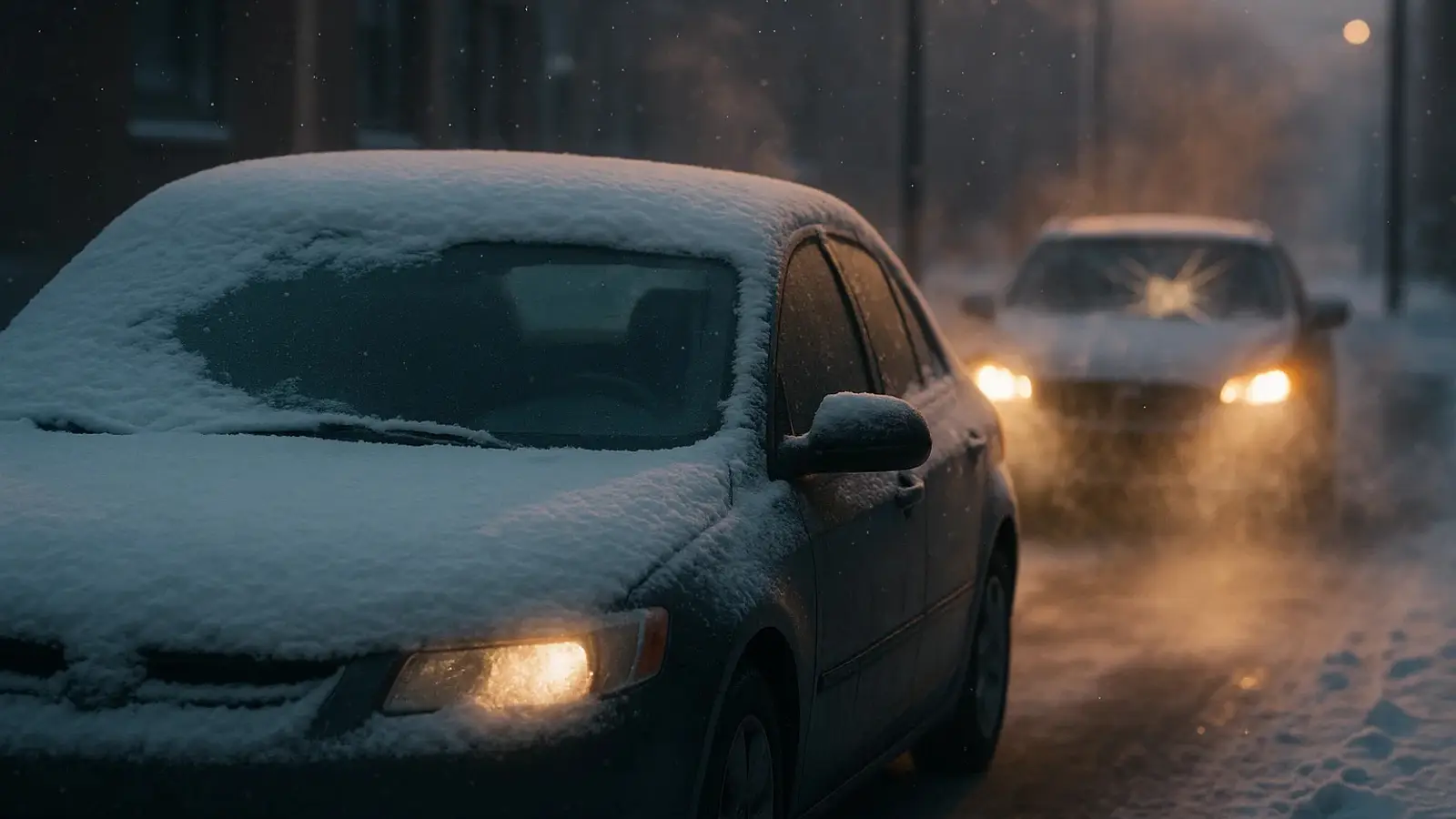Articles
Why cleaning your car from snow matters for safety

Leaving snow only on the windshield may seem harmless, but laws and safety data show that full car cleaning prevents fines, accidents and CO poisoning risks.
In winter, when roads turn into a white sheet of snow and ice, many drivers are tempted to clear only the windshield “just to see something” and set off. But that quick decision can lead not only to fines, but to serious danger — for yourself and for others.
In several countries, removing snow from your car is not a suggestion but a legal duty. In the United Kingdom, the updated Highway Code explicitly requires drivers to clear all windows, the roof, and lights before driving. In Pennsylvania, “Christine’s Law” obliges drivers to remove snow and ice from the roof, hood, and trunk within 24 hours after a snowfall. Failing to do so can result in fines of up to $1,500 if ice or snow causes harm.
But beyond the law, physics and safety speak louder. A thick layer of snow on the roof can slide forward under braking, blinding the driver, while a chunk of ice can shatter the windshield of the car behind. Snow-covered headlights make your vehicle nearly invisible, and blocked mirrors or rear glass limit your view. Even modern driver-assistance systems are useless when cameras and sensors are coated with frost.
There’s also a hidden danger — carbon monoxide. The CDC and NHTSA warn that a snow-blocked exhaust pipe can quickly turn an idling car into a deadly trap. Within minutes, CO levels can rise to fatal levels.
Official guides — from Transport Canada to AAA — advise cleaning the vehicle from top to bottom: start with the roof, then the hood, windows, mirrors, lights, cameras, and exhaust. Use a soft brush, avoid hot water, and make sure the vents and sensors are clear.
It takes just a few minutes, but those minutes can save lives. In winter, safety begins not on the road, but with the brush in your hand — and the awareness that a clean car is a safe one.
2025, Oct 14 14:35


